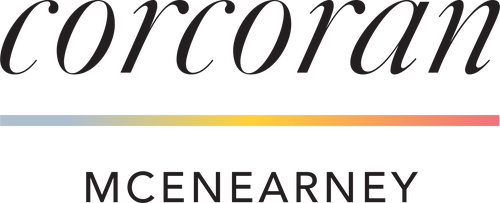
Ask any real estate agent doing business in the D.C. metropolitan area, and they will tell you it is almost impossible to make a competitive offer to purchase a home if you must sell your existing home first. Contract offers contingent upon the sale of an existing home are often dismissed right out of the gate. And why wouldn’t they be?
If a seller has multiple offers to purchase, at or above asking price, and some of the offers are not contingent upon the sale of any other property, the seller would generally not give much — or any — consideration to a contract offer which is contingent. So how do buyers position themselves to purchase without first selling? Bridge financing may be the answer. Many lenders do not provide bridge loans, but some of us do.
Bridge financing is any type of borrowing that allows the purchaser to buy before selling. It could be a home equity line of credit on the existing home, a traditional short-term bridge loan secured by the existing property (or the new property), or temporary loans secured by each property.
It can even be financing provided by Great Uncle Fred. The type of bridge financing sought, to some degree, depends upon the borrower’s needs. The first thing consumers should understand is that while some people qualify for bridge financing, many do not.
Bridge financing is generally needed to provide the cash to meet the down payment and closing cost requirement associated with the purchase of the new home; the remaining financing is provided in the form of a traditional permanent mortgage loan. In some instances, purchasers plan to hold no financing associated with the new home, but the funds which would allow them to pay cash for their new home are tied up as equity in their existing property.
Bridge financing, more often than not, is the means of tapping into the existing property equity to generate the cash needed for the new home. So significant equity in the existing home is the first thing the borrower needs to qualify for a bridge loan. The maximum combined loan-to-value (CLTV) allowed under most institutional bridge loans is between 70% and 80%.
If the existing home has a value of $750,000 and the bridge loan lender will allow a 70% CLTV, the maximum bridge loan would be $525,000. If there is already a mortgage in place on the property, the maximum bridge loan would be the difference between that amount and the $525,000 number. For example, if the existing mortgage had a balance of $300,000, a bridge loan could be obtained in the amount of $225,000. If the purchaser was seeking to buy a new property at a price of $1 million, the bridge loan proceeds would provide the 20% down payment needed with some additional funds left to help cover closing costs.
In some cases, it may make sense to secure the bridge loan with the value of the new home. If, for instance, a purchaser had access to other cash to be used for a down payment and closing costs on the new home, and the desire is to carry no mortgage or even just a small mortgage on the new home, a bridge loan secured by the new home might provide the solution. Upon the sale of the existing home, the borrower would pay off the bridge loan secured by the new home and have no mortgage at all or obtain a new permanent loan in the amount desired.
In addition to needing significant equity in the existing home or other significant cash to purchase the new home, the purchaser must also have the income sufficient to allow them to carry any current mortgage plus the temporary bridge loan and any permanent financing which is being sought for the new home.
There are plenty of homebuyers who have that level of income, but there are certainly many who do not. Most of us cannot afford to carry that level of debt, even for a temporary time period, but many are able, and they are the candidates for bridge financing to help navigate the current real estate home buying market.
As mentioned earlier, many lenders do not provide any type of bridge financing, but some of us do with multiple creative ways to structure the financing. The pandemic required many, if not all of us, to temporarily suspend our bridge loan programs, but as our local economy shows signs of relative stability, some of us are slowly bringing the programs back.
As consumers consider the purchase of a new home and the sale of an existing home, it may be well worth it to them to consult a lender who provides bridge financing.
 Brian Bonnet | Senior Loan Office
Brian Bonnet | Senior Loan Office
Atlantic Coast Mortgage, LLC
e: bbonnet@acmllc.com | t: 703-766-6702
A lifelong resident of Northern Virginia, Brian brings twenty-five years of lending experience to the group. After graduating from The Citadel and serving as a Naval Officer, Brian transitioned to the United States Senate Veteran’s Affairs Committee where he served as a Professional Staff Member and had the responsibility of overseeing the VA Loan Guaranty program. After leaving Capitol Hill and the political world, Brian entered the mortgage banking industry. Keeping abreast of the myriad changes in the lending industry over the years has given Brian a unique perspective and the ability to successfully serve his clients regardless of the current market conditions. With his extensive knowledge about the VA and its loan guaranty program, Brian is widely recognized as a specialist in VA financing. He enjoys sharing his knowledge and experience with others and is certified to teach Financing Continuing Education in Virginia, DC, and Maryland.
Don’t miss a post! Get the latest local guides and neighborhood news straight to your inbox!

 Facebook
Facebook
 X
X
 Pinterest
Pinterest
 Copy Link
Copy Link






